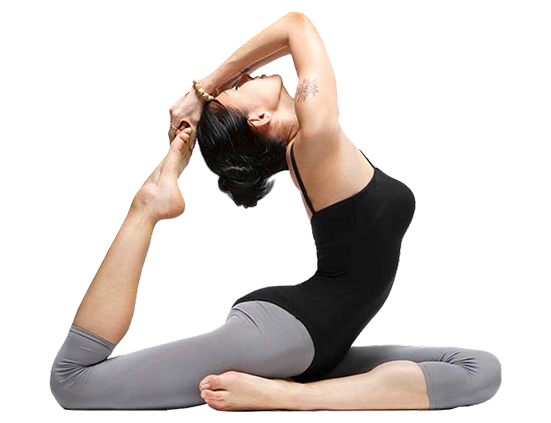What is Yoga

In its most basic form, yoga is a systematized practice of physical exercise and breath control that includes relaxation, food control, positive thinking, and meditation with the goal of achieving connection inside the body, mind, and surrounding environment. Pranayama (breathing techniques), relaxation, and meditation are all part of the practice, which includes low-impact physical activities and postures (called asanas). The majority of people are acquainted with the physical postures or yoga positions, but many are unaware that yoga encompasses much more than that.
Yoga techniques are being used in the health fields to promote health, treat substance misuse, and treat diseases including anxiety disorders, stress, coronary heart disease, cancer, and HIV/AIDS. Yoga techniques are also being used to prevent disease and treat diseases such as HIV/AIDS. Yoga is a low-cost approach to well-being that can be done by anyone at any time.
The word "Yoga" comes from the Sanskrit language and means "unity." Yoga is a connection of the organ body systems with the awareness of the mind, and it is a form of meditation. Yoga, according to its philosophy, develops a union of the body, the mind, and the energies (and soul or spirit) in terms of bringing about a condition of serenity (calmness). With further advancement and the integration of philosophy and science, one encounters a unity between body, thought, internal energy, and an all cosmos energy, which results in improved physical health and mental control as well as, eventually self-realization.
Benefits of Yoga
- Improves strength, balance and flexibility
- Back pain relief
- Improve cardiovascular functioning
- Promote sleep
- Improve bone health
- Reduce anxiety
- Reduce inflammation
- Promote better posture and body awareness
- Drains your lymphs and boosts immunity
- Drops your blood pressure
- Releases tension in your limbs
- Fights fatigue

